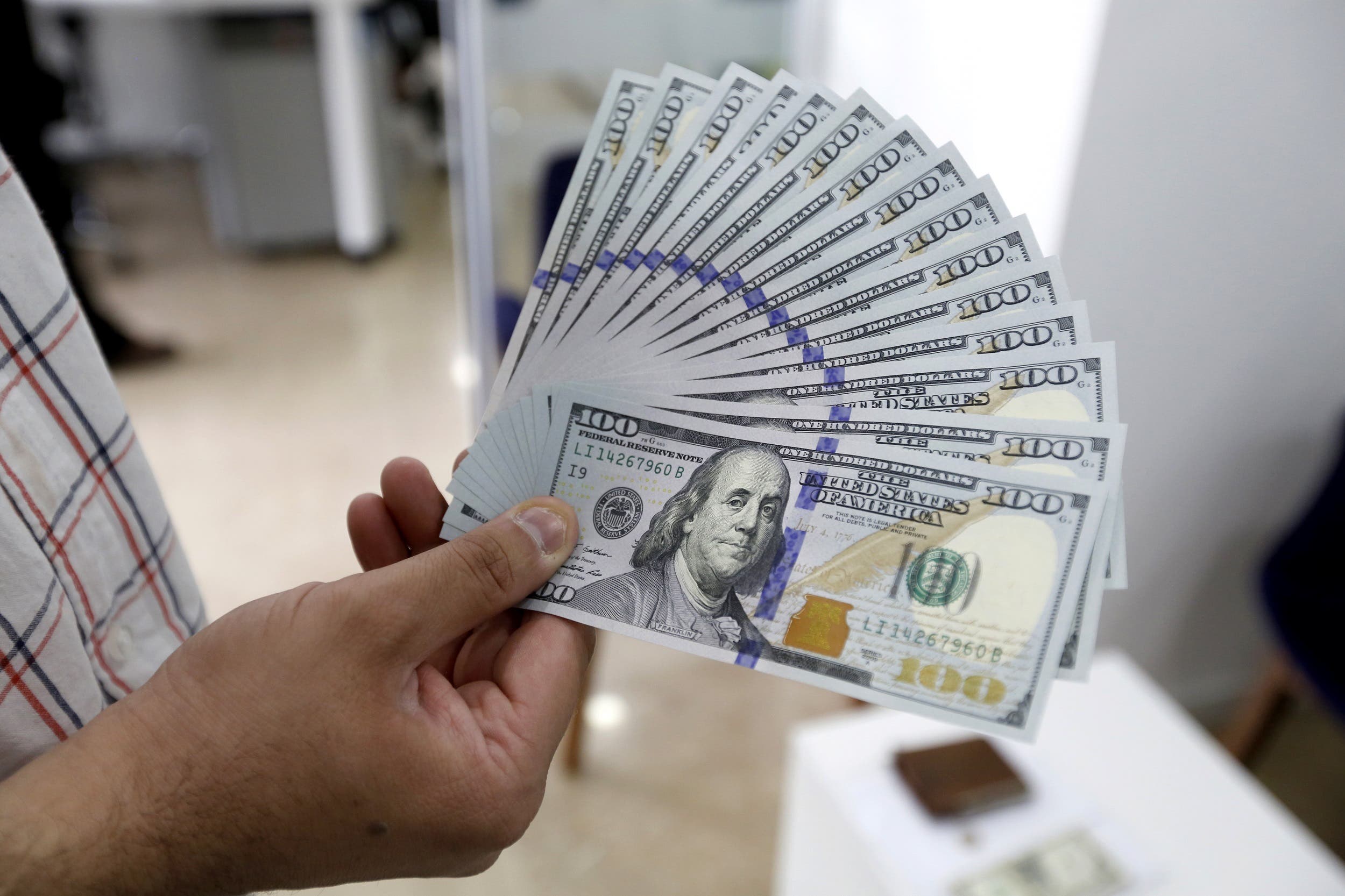Following the United States’ decision to exit the Iran nuclear deal, we are witnessing the beginning of a significant series of measures against Tehran. Cascading sanctions are in the making and continuing economic relations with Iran would be tantamount to shooting yourself in the foot.
Iran’s economy is on the ropes and Washington knows quite well how to make the ruling clerics understand how their four decades of belligerence will no longer go tolerated. Interesting is how the new US sanctions are targeting the regime, its entities and senior officials, going the Iran apologists camp arguing such measures will hurt the Iranian people.
And these sanctions against Iran’s regime will continue, especially since Tehran believes any back-stepping will lead to devastating defeats in the very near future for its entire apparatus.
Quick glance
The US Treasury Department explains how all pre-JCPOA sanctions will return in two 90 and 180 day phases, while no new contracts will be permitted with Iran. The regime’s Revolutionary Guards (IRGC) and its extraterritorial unit, the Quds Force, are in the center of Washington’s crosshairs.
The very significant nature of these sanctions lies in the fact that Washington’s latest endeavor targets Iran’s financial sources, being the root of its domestic crackdown and foreign meddling.
Trump has tweeted how Iran’s military budget has interestingly skyrocketed by 40 percent following the JCPOA, while the accord claimed to seek peace and security across the region. There has been cooperation with the US to sanction an Iran-linked currency exchange network involved in transferring millions of dollars for the IRGC Quds Force.
Such entities, linked directly or indirectly to the IRGC, result in the utmost concerns for Washington as they facilitate the Iranian regime’s measures causing havoc across the Middle East. The US is now also calling on Qatar to end its support for Iran-associated militia groups.
The fact that Middle East countries are supporting Washington’s sanctions against Iran is quite imperative to counter Tehran’s measures to establish and take advantage of financial institutions for its malign activities across the region.
Europe
The Green Continent is not happy about US President Donald Trump’s decision to exit the Iran accord, formally known as the Joint Comprehensive Plan of Action. Yet it doesn’t need rocket science to understand Europe would never make the strategic mistake of standing alongside the Iranian regime in the face of crippling US sanctions.
The Europeans will eventually find a method to work with their American allies, and rest assured Iran’s regime will be the party suffering from Europe distancing from its market. While there are tariff issues ongoing between Washington & Brussels, facts and numbers speak for themselves:
– US Ambassador to Germany Richard Grenell emphasizes, “Trump has said US sanctions will include important sections of Iran’s economy. German firms should lower their activities in Iran as soon as possible.”
– Italy’s Eni energy company announced it has no plans for new investments in Iran and from 2019 onward the firm will begin purchasing oil from other countries.
– Back in 2007, European Union/United States relations rendered $1.045 trillion in trade, while the EU’s trade with Iran reached a maximum of $15 billion. It’s not hard to do the math.
 An Iranian holding US 100-dollar bills in a shopping center in Tehran on April 10, 2018. (AFP)
An Iranian holding US 100-dollar bills in a shopping center in Tehran on April 10, 2018. (AFP)
Iran’s view
Ahmad Khatami, this week’s Friday prayer imam in Tehran, made it clear how the Iranian regime has no hope in Europe.
“To say America no, the European Union yes goes against edification. We have to understand that the European Union has a bad track record on promises. They are no better than the US Plans were made for the EU to invest in Iran. Did they? They also cancelled a signed contract to sell us airplanes. The JCPOA didn’t save the country. In fact, sanctions upon sanctions are now imposed on us,” he said.
It is worth noting that Ahmad Khatami has very close relations to Iranian Supreme Leader Ali Khamenei. Furthermore, the Tehran Friday prayer tribune has become a stage where Khamenei sends his representative to express his views about weekly developments. As a result, knowing Khamenei has the last word on all state matters, recent events are depicting a very dangerous slope for the Iranian regime’s future.
The next move
Knowing this enormous amount of international pressure cannot go unanswered, Iran first responded by launching around 20 rockets from IRGC-associated bases in Syria into the Golan Heights. This sparked a massive retaliation by the Israelis against a variety of IRGC targets throughout Syria, to which Tehran has remained silent on.
Tehran is now threatening to relaunch its nuclear fuel enrichment cycle and escalate military confrontation, all claims worth following to understand Iran’s future options in these troubling times. What goes less discussed are the Iranian regime’s domestic troubles. Protests by people from all walks of life continue to increase and the country’s currency, the rial, is nosediving.
On Saturday, the air travel currency cap was decreased from €10,000 to €5,000, and €2,000 for ground/sea travel.
All said and done, we will see in the coming weeks if Tehran exits the JCPOA and be bold enough to restart high level uranium enrichment. Trump has warned such steps by Iran would lead to “very severe consequences,” and history shows between bad and worse the Iranian regime will ultimately choose the bad option.
Options before Tehran trace a very gloomy future. This will play into the Iranian people’s interests in their struggle against the clerical regime’s four decades of oppression and devastation.
Leave a Reply